Kenya is a mega bio-diverse country with over 35,000 species of flora and fauna. Kenya’s known biodiversity assets include 25 000 invertebrate: 21 575 of which are insects, 1089 birds, 315 mammals, 191 reptiles, 180 freshwater fish, 692 marine and brackish fish and 88 amphibians. Kenya’s rich biodiversity can be attributed to a number of factors, including a long evolutionary history, the country’s varied and diverse habitat types and ecosystems (ranging from marine, mountains, tropical, dry lands, forests, arid lands, and inland lakes and wetlands), diversity of landscapes, variable climatic conditions, and the convergence of at least seven biomes. These unique and biodiversity-rich regions include the Indian Ocean Islands of Lamu and Kisite; the coastal forests of Arabuko-Sokoke and the lower Tana River; the Afro-montane forests of Mount Kenya, Aberdare and Mount Elgon; Kakamega’s Guineo-Congolian equatorial forest; and the Northern dry lands that form part of the distinct Horn of Africa biodiversity region. These ecosystems collectively contain high levels of species diversity and genetic pool variability with some species being endemic or rare, critically endangered, threatened or vulnerable.
Identification of trace evidence through DNA Barcoding can assist wildlife crime case by proving an offense has taken place, identifying an offender, linking an offender to both crime scene and items removed from a crime scene with that scene all form a critical part in compiling a case.
The following are major factors that are endangering our biodiversity:
Commercial exploitation of species
Habitat loss
Illegal collection and harvesting of species
Land degradation and fragmentation
Pollution
Illegal hunting and trading
Poaching
This partner country needs the following reagents and equipment to help process biological samples.
Habitat
Occurs in savannah woodland, floodplain grassland, bushveld, rocky hills and sandveld areas with an average rainfall between 250 to 1,400 millimeters. It does not occur in forest and deserts.
Distribution
It is native to central and southern Africa and occurs in Central African Republic, Chad, South Sudan, Tanzania, Uganda, Kenya, Rwanda, Malawi, Mozambique, Zambia, Zimbabwe, Botswana and South Africa. In South Africa they are known to occur in Northern Cape, North West, Limpopo, Mpumalanga, Free State and north-eastern KwaZulu-Natal.
Threats
Listed as Vulnerable by the IUCN Red List because of population decline due to exploitation for traditional medicine use and bush meat.
Legislation
Listed under CITES Appendix II – international trade is monitored In South Africa, it is listed as Vulnerable under the Threatened or Protected Species (TOPS) regulations of the National Environmental: Biodiversity Act (Act 10 of 2004) – all activities are restricted with no prohibitions or exemptions.
Dr. Beatrice Khayota, Project coordinator co-chair
Ph.D. and MSc. in Botany, MSc. in Convention on International Trade in Endangered Species of wild Fauna and Flora (CITES), and B.Ed. Science.


I am the coordinator and co-chair of the Barcode of Wildlife Project Kenya (BWPK) and a member of the Executive Committee of CBOL. I am a Principal Research Scientist at the National Museums of Kenya (NMK) in Centre for Biodiversity Department, which is a National focal point for biodiversity research and collections. Among my key roles is the initiation and coordination of multidisciplinary biodiversity projects and programmes. I am the focal person at NMK for various Multilateral Environmental Agreements (MEAs), including CITES, which Kenya is a signatory to. I am a member and representative of various institutional, national, regional and international Technical Committees, often representing the country at respective meetings.
Dr. Daniel Masiga
PhD in Molecular Parasitology, MSc
Biochemistry & Molecular Biology, BSc
Biochemistry & Zoology
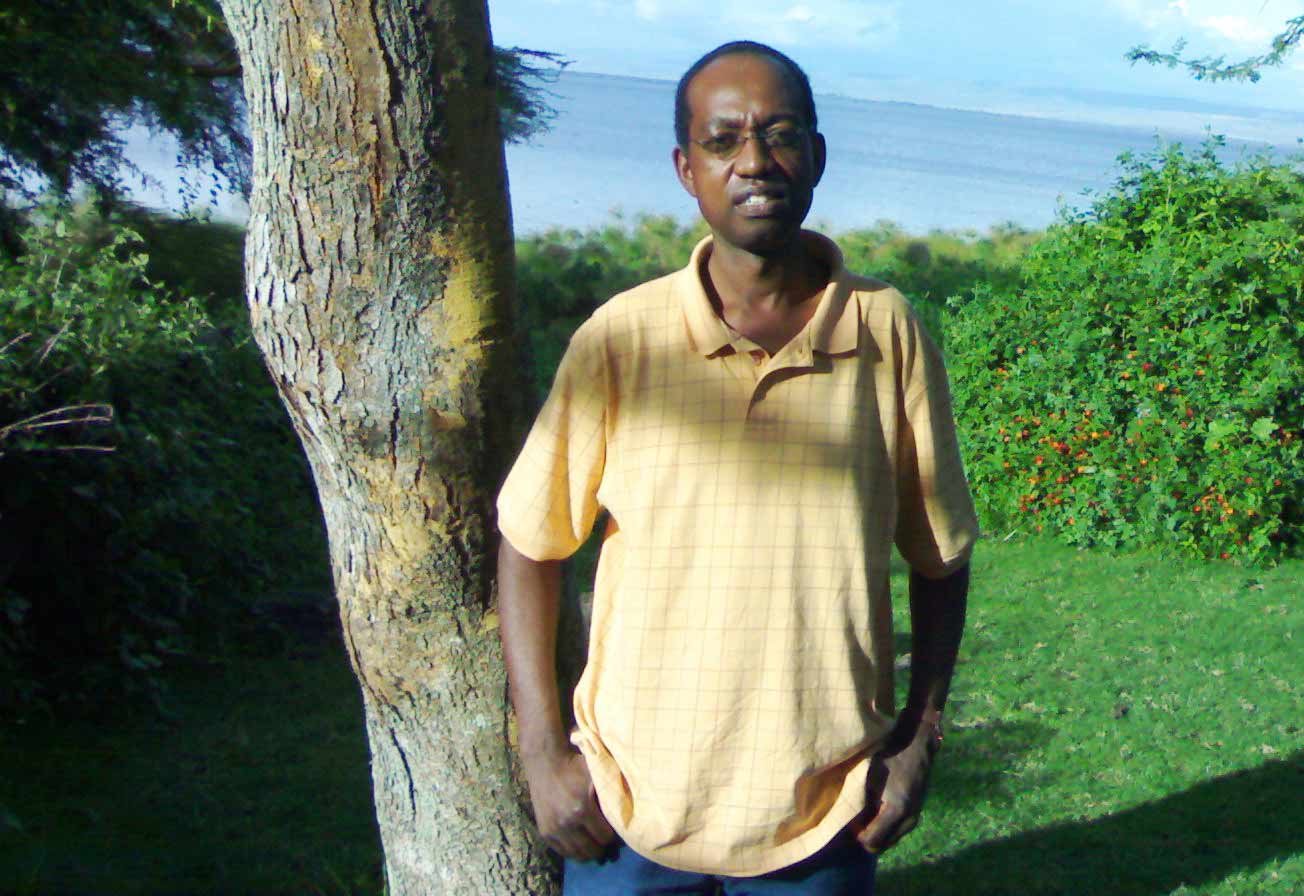

I am a Senior Scientist and Head of the Molecular Biology and Bioinformatics Unit at the International Centre of Insect Physiology and Ecology, ICIPE and Honorary Research Fellow at Glasgow University (till 2016). Our group has its main focus research in vector-borne infectious diseases, with interests in diverse fields including Malaria, Neglected Tropical Diseases, and Bioinformatics. We have recently participated in sequencing the genome of Glossina morsitans morsitans, with a focus on chemosensory genes. Together with Dr. Helida Oyieke of the National Museums of Kenya (NMK), I led the Kenyan node of the International Barcode of Life (iBOL) project, which considerably increased interest, competence and output in the use of DNA barcoding for species identification. This foundation has been translated to participation in the success of Barcode of Wildlife Project Kenya. I am a member of the National Project Committee (NPC) of the Barcode of Wildlife Project and participate in the development of the analytical and informatics pipelines for the Barcode of Wildlife Project Kenya.
Dr. Itambo Malombe
Ph.D. and MSc. in Biology,
BSc. Forestry,
International Diploma in Plant Conservation.


I am a Senior Scientist and head of Botany Department, including East African Herbarium and Nairobi Botanic Gardens, at the National Museums of Kenya. My research interests include plant taxonomy and biodiversity conservation. In the last 17 years I have participated in various field explorations spanning through key ecosystems in the country and gathered plant data which has been useful in the review of Flora of Tropical East Africa and underpinned review of species conservation status during IUCN red listing annual evaluation meetings organized by the East African Plant Red Listing Authority. I have also initiated and participated in various biodiversity projects aiming at assessing status of plant species and implementation of conservation and monitoring programmes. My botanical experience as a member of the National Project Committee of the Barcode of Wildlife Project is useful in guiding species prioritization, specimen collection and preservation.
Dr. Hastings Suba Ozwara
BSc in Zoology,
MSc in Parasitology,
PhD in Molecular Parasitology
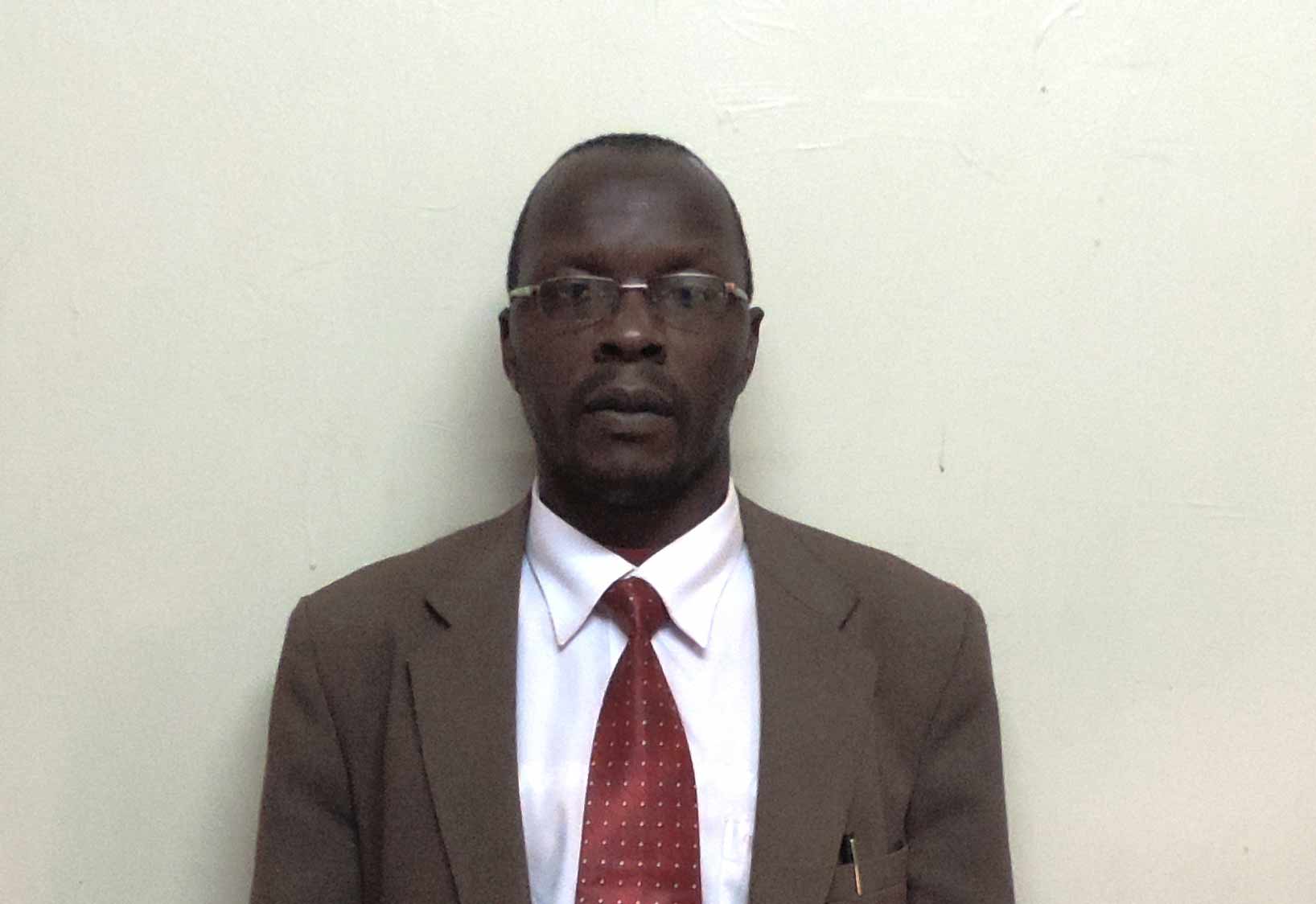

I am a Senior Scientist in Molecular Parasitologist and Director Institute of Primate Research. I am a laboratory lead for Barcode of Wildlife Project Kenya. Crime syndicates and even terrorist networks are responsible for a portion of Kenya's wildlife crime. Kenya's new wildlife and conservation management act 2013 proposes stiff penalties for wildlife related offenses. As penalties increase, criminals will counter by creating elaborate evasion schemes and hiring better defense attorneys to proof the material seized at a crime scene did not come from a protected species. Even the most experienced taxonomist finds it difficult to do identifications of exhibits whose morphological features have been interfered. I joined the Barcode of Wildlife Project Kenya in order to apply my molecular skills in generating DNA barcodes for endangered wildlife of Kenya that will improve successful prosecution through identification of wildlife products and their derivatives.
Patrick Omondi (OGW)
PhD Animal Ecology (Ongoing),
MSc Wildlife Management & Control,
BSc Wildlife
Management.
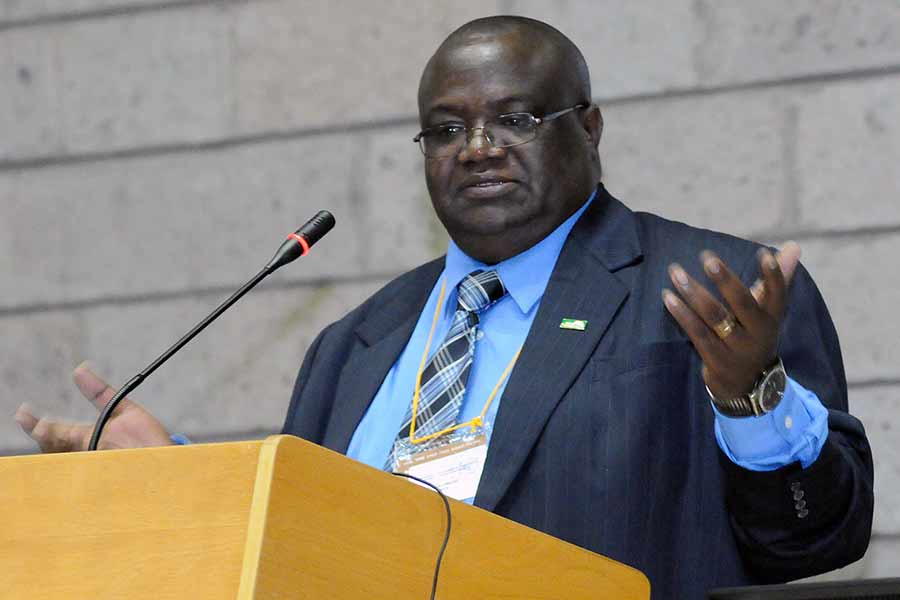

I am a Co-chair Barcode of Wildlife Project Kenya and the Deputy Director, Species Conservation & Management at Kenya Wildlife Service. Have over 20 years work experience in endangered species management and CITES National focal point on elephants and rhinos. I was instrumental on arriving at the compromise decision that led to a nine year ivory trade ban to allow the development of an action plan to combat illegal trade and illegal killing of elephants and address the enforcement challenges during the CITES 14th Conference. Am a Grand Warrior of Kenya (OGW) in recognition of my contribution to Wildlife Conservation.
I am a member of African Elephant Specialist Group and Chair of the African Elephant Fund Steering Committee.
Looking forward to using the DNA Barcode output to enhance prosecution and fight against illegal wildlife trafficking.
Solomon Kyalo
PhD International Framework in
Management (ongoing),
MSc in
Management, Conservation and Control of
species in International Trade,
B.Ed. Botany
and Zoology


I am an Assistant Director/Head CITES Implementation at Kenya Wildlife Service and a Species Lead of the Barcode of Wildlife Project.
Have over 15 years working experience at Kenya Wildlife Service in matters of wildlife ecology and international wildlife trade. Also responsible for coordination of implementation of the provisions of CITES in the country.
I have contributed immensely to generation of scientific information of species of conservation priority among them East African Sandalwood (Osyris lanceolata) Aloe species and Pancake tortoise (Malacochersus tornieri) and formulation of wildlife conservation and management policies and guidelines in the country.
My experience in CITES made me a Species Lead of the National Project Committee of the Barcode of Wildlife Project. My role in the project is guiding species prioritization, specimen collection and preservation.
Ann Mwaura
BSc. in Biology & Chemistry, MSc. in Genetics.
Research Scientist at Molecular Genetics
Section, Center for Biodiversity Department,
National Museum of Kenya
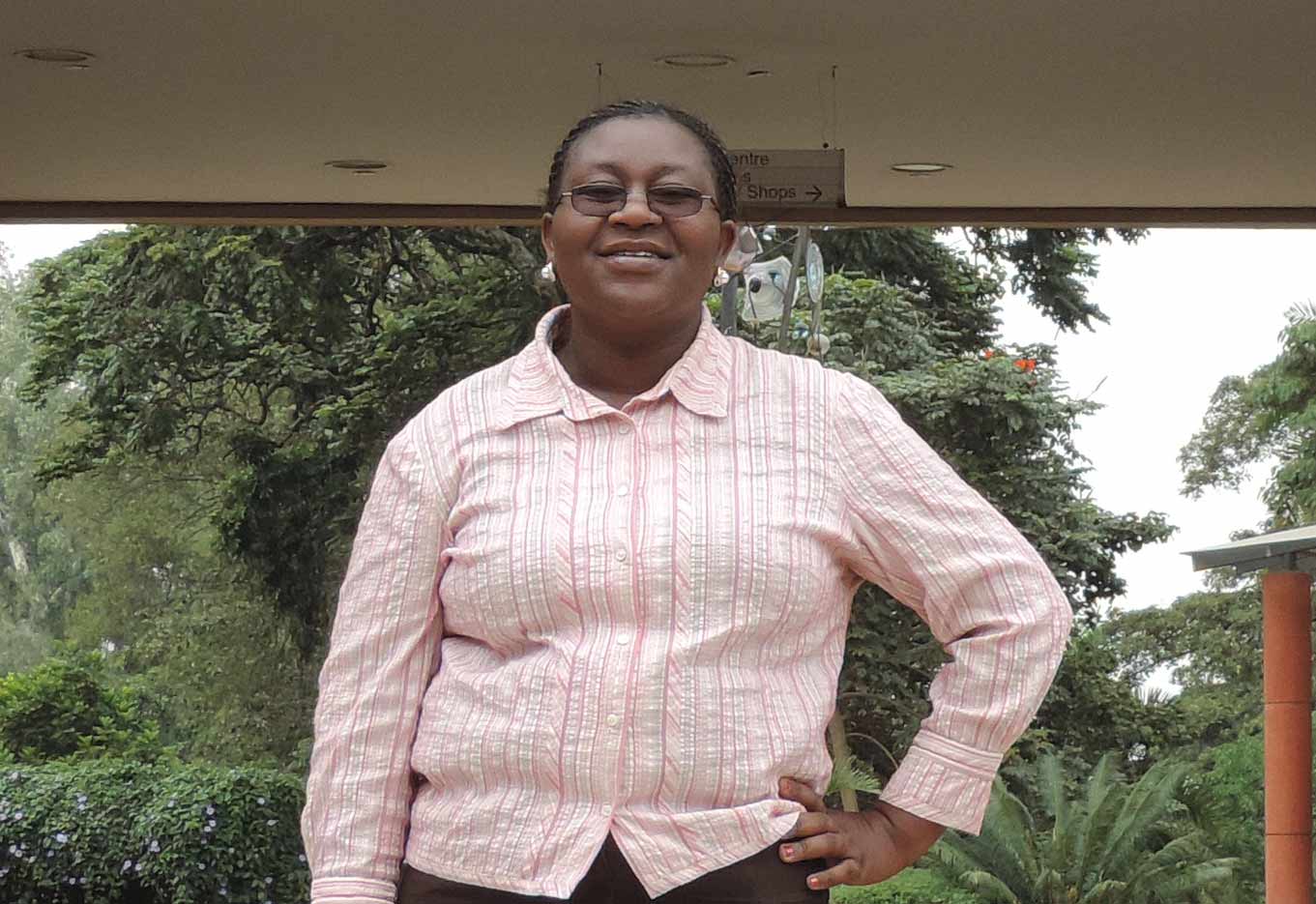

Ann Mwaura is the Project Manager Barcode of Wildlife Project-Kenya. She has amicable leadership and organization skills that enable her to coordinate the project activities, engagements with partners, community, project planning and logistics, capacity building, project evaluation and reporting among other responsibilities. She brings to this project in- depth scientific knowledge and experience in molecular genetics particularly in population and conservation from her working and research experience of over ten years at the Molecular Genetics section. She doubles in Informatics and Laboratory standard operating procedures development. She trains DNA barcoding chain analysis and in-charge of data quality control. She has attended numerous trainings including Tropical Biology Association courses in project management and implementation, scientific writing skills, fundraising, modern methods in systematics and gene annotation.
“My passion for conservation genetics brought me on board and for sure the project has ensured that my knowledge and experience in genetics and bioinformatics are well utilized.”
Esther Mwangi
BSc in Biochemistry, MSc in Bioinformatics
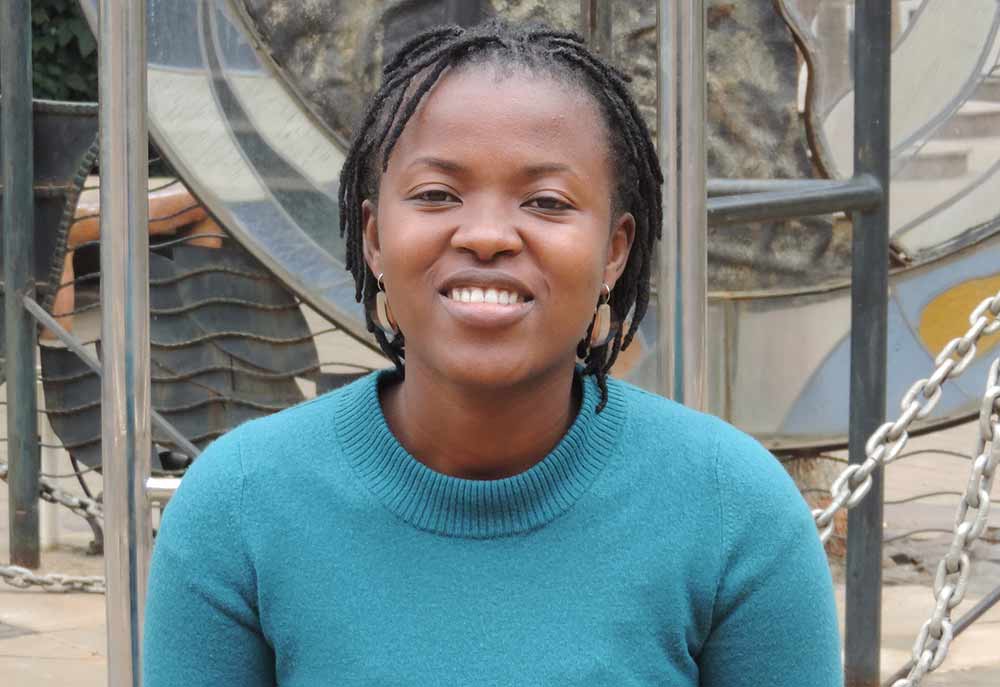

Works as a Database Informatics officer at Zoology department, National Museum of Kenya
“To get involved in the creation of a global reference library containing DNA barcodes for use in the fight against wildlife crimes.”
Ruth Mwende Mumo
BSc in Biochemistry & Molecular Biology, MSc in Biochemistry
Research fellow at the Institute of primate research specializing in infectious diseases.
“The opportunity to use and grow my skills in molecular biology to help conserve our endangered wildlife drew me to the Barcode of Wildlife Project.”
Fredrick Awour
Diploma in Applied Biology.
A research technician at marine and Wetlands Section, Center for Biodiversity Department, National Museum of Kenya
“My interest is to use Laboratory and Bioinformatics’ skills to contribute to protection of endangered wildlife species.”
Antoinette Aluoch
BSc in Biomedical Science, MSc in Biochemistry & Molecular Biology
A graduate trainee at the Kenya Wildlife Service in the forensic and genetics laboratory.
"I am interested in using molecular biology as a tool for wildlife conservation."
Gilbert Kosgei
BSc in Botany & Zoology, MSc in Biology of (ongoing)
Intern in Ichthyology Section, Zoology Department, National Museum of Kenya.
“I believe that each and every species has a role in the ecosystem hence support Conservation efforts at all costs.”
Josephine Sarah Kunguni
BSc with Education in Biology & Chemistry and MSc. in Botany (Genetics)
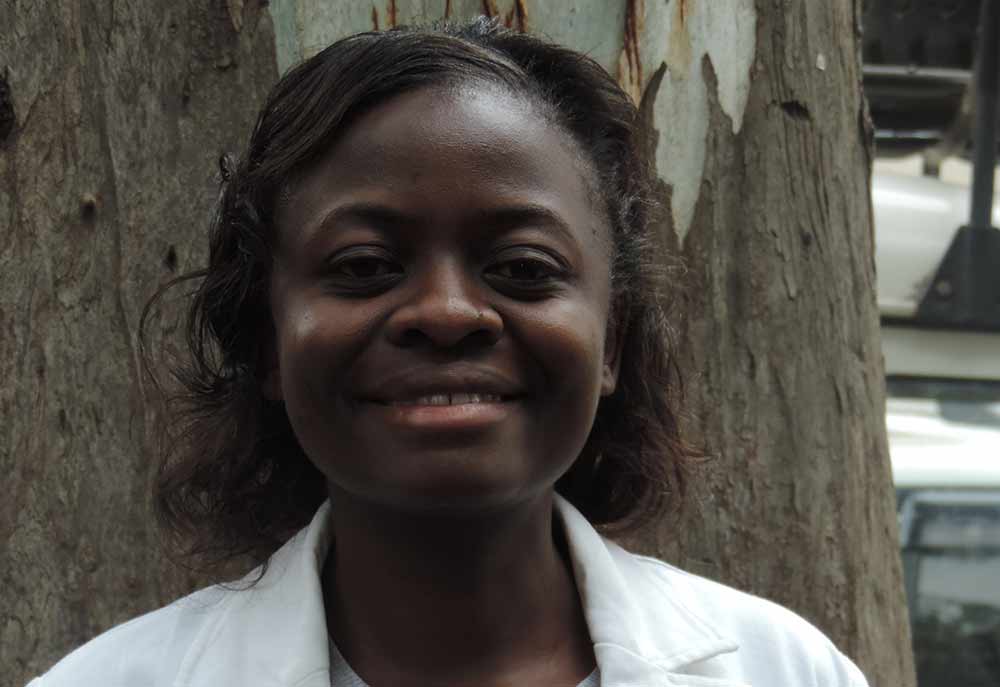

Working for Barcode of wildlife project at the National Museums of Kenya.
“My interest is to use DNA biotechnology skills to help curb poaching and illegal trading of valuable endangered species in Kenya for conservation.”
Caroline Murithii
BSc in Biomedical Science & Technology, MSc Molecular Medicine
Research fellow at the Institute of Primate Research
“The thought of future generations missing out on our rich and diverse fauna and flora has imprinted in me the need to protect our heritage. I am glad to be able to contribute to this endeavor through my skills in molecular biology.”
Rodah Syombua
B.A in Journalism and media studies.
Currently working as a Communications officer at the Barcode of Wildlife Project.
“ Telling the stories of Wildlife from a research and conservation perspective.”
National Museums of Kenya is a major repository also hosting the East Africa Herbarium. All BWPK voucher and tissue specimens are being archived at the herbarium and other taxa collections in the museum so we would like to include the live collection and herbarium in repository section.